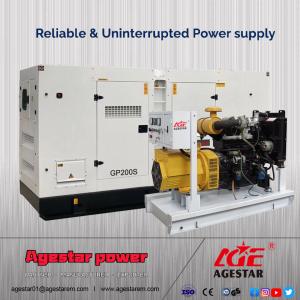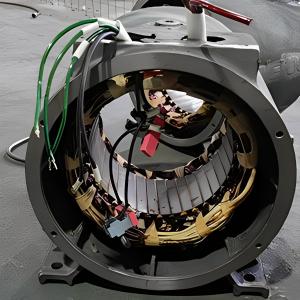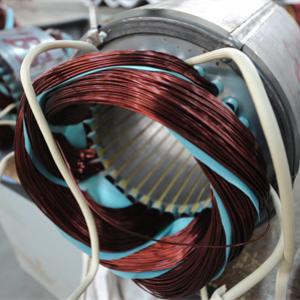Maintenance of Diesel Generators
Maintenance Items of Diesel Generator

Your diesel generator is your backup lifeline during a power outage. Functional standby power means that when electricity fails you can tap into an alternative power source at a moment’s notice and avoid being crippled by the situation.
Too often a diesel generator won’t start when it’s needed, resulting in paralysed productivity and lost revenue. Routine inspection and regular preventative maintenance are important to keeping your generator in top condition. These are the five issues that affect generators and the inspection protocols needed to properly address them.
STICK TO A WEEKLY GENERAL INSPECTION SCHEDULE.
Check the batteries for sulphate build-up on the terminals and leads
Once build-up has reached a certain level, a battery can no longer generate enough of a current for an electrical charge and will need to be replaced. Standard procedure on battery replacement is usually every three years. Check with the manufacturer of your generator for their recommendations. Loose or dirty cable connections can also cause a battery to fail or perform poorly. You should tighten and clean the connections to ensure a strong current flow and use terminal grease to avoid sulphate build-up.
Check the fluids to ensure optimum levels
Oil level and oil pressure are crucial as is the fuel level, the fuel line, and the coolant level. If your generator continually has low levels of any fluid, coolant for example, there is a chance you have an internal leak somewhere in the unit. Some fluid leaks are caused by running the unit at a load that is considerably lower than the output level it is rated for. Diesel generators should be run at a minimum of 70% to 80% – so when they are run at a low load the unit can over-fuel, which causes “wet stacking” and leaks known as “engine slobber.”
Check the engine for abnormalities
Run the genset briefly every week and listen for rattles, and whining. If it is knocking about on its mounts, tighten them down. Look for unusual amounts of exhaust gas and excess fuel usage. Check for oil and water leaks.
Check the exhaust system
Leaks can occur along the exhaust line, usually at the connection points, the welds, and the gaskets. These should be repaired immediately.
INSPECT THE COOLING SYSTEM
Check the anti-freeze/water/coolant ratio recommended for your particular generator model according to your climate and the manufacturer specifications. Also, you can improve the air flow by cleaning off the radiator fins with a low-set air compressor.
INSPECT THE STARTER BATTERY
In addition to the above battery protocols, it is important to place a load tester on the starter battery to gauge the output levels. A dying battery will consistently put out lower and lower levels, indicating that it is time for a replacement. Also, if you hire a professional to service any problems detected by your routine inspection, check the unit after they are done. Many times the battery charger needs to be disconnected before service, and the person doing the work forgets to hook it back up before they leave. The indicator on the battery charger should read “OK” at all times.
INSPECT THE CONDITION OF THE FUEL
Diesel fuel can degrade over time due to contaminants in the fuel system. This will cause your generator to run inefficiently if degraded fuel stagnates in the engine tank. Run the unit for 30 minutes a month with at least one-third the rated load to move old fuel through the system and to keep all moving parts lubricated. Do not allow your diesel generator to run out of fuel or to even run low. Some units have a low fuel shutdown feature, however if yours does not or if this feature fails, the fuel system will draw air into the fuel lines leaving you with a difficult and/or expensive repair job on your hands. The fuel filters should be changed out for every 250 hours of use or once a year depending on how clean your fuel is based on your environment and the overall condition of the unit.
INSPECT THE LUBRICATION LEVELS
When you run the unit for 30 minutes every month, be sure to check the oil level before you start it. Remember, if you do it when the engine has been running you have to wait for about 10 minutes after you switch the unit off for the oil to drain back down to the sump. There are variances from on generator to the next depending on the manufacturer, but a good policy is to change the oil and the filter every six months, or every 250 hours of use.
_____________________________________________________________________________________________________________________________________________________
Agestar Power supply you the solutions with our quality products.







